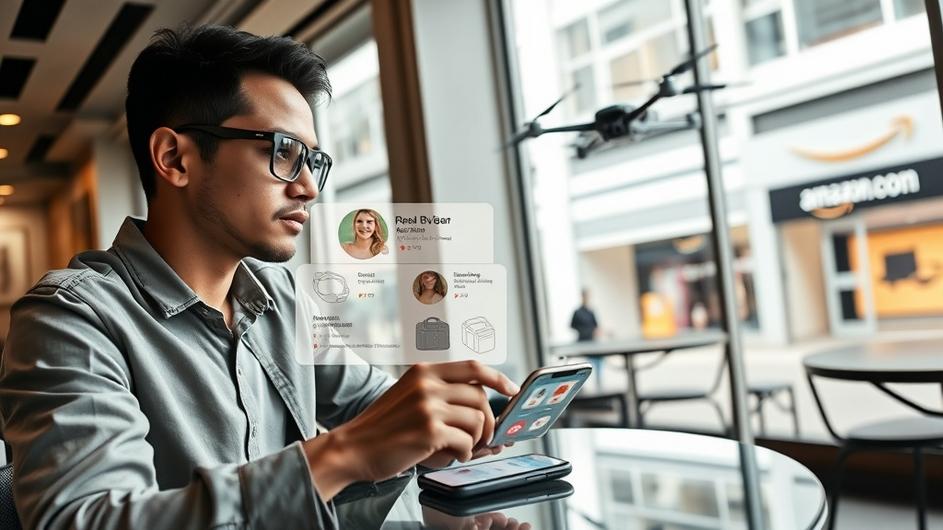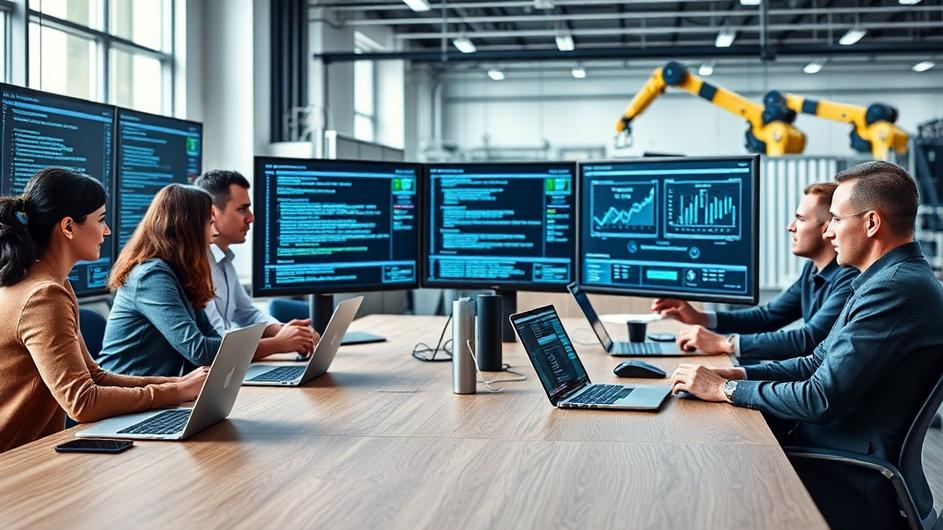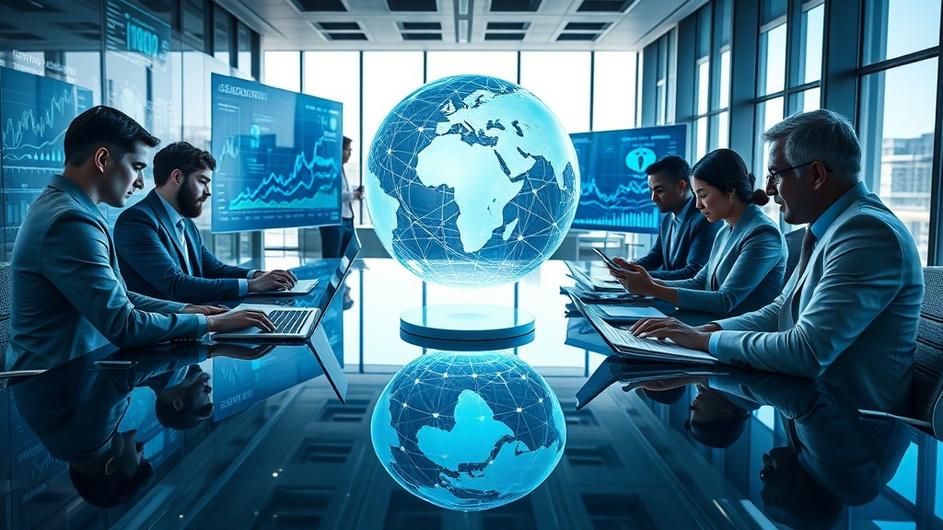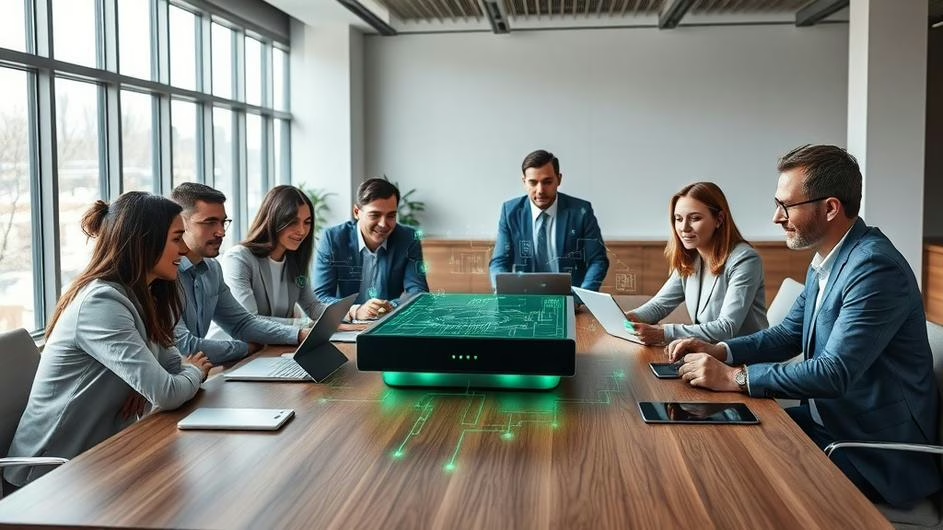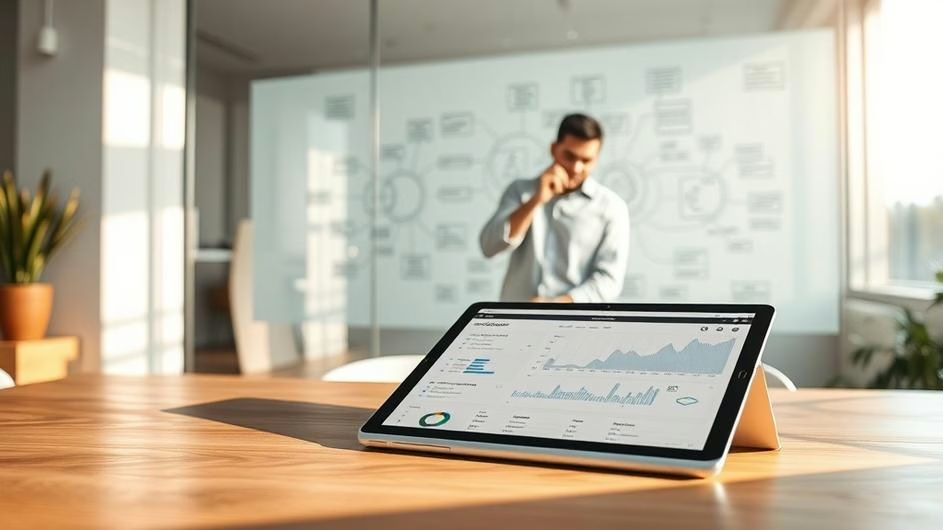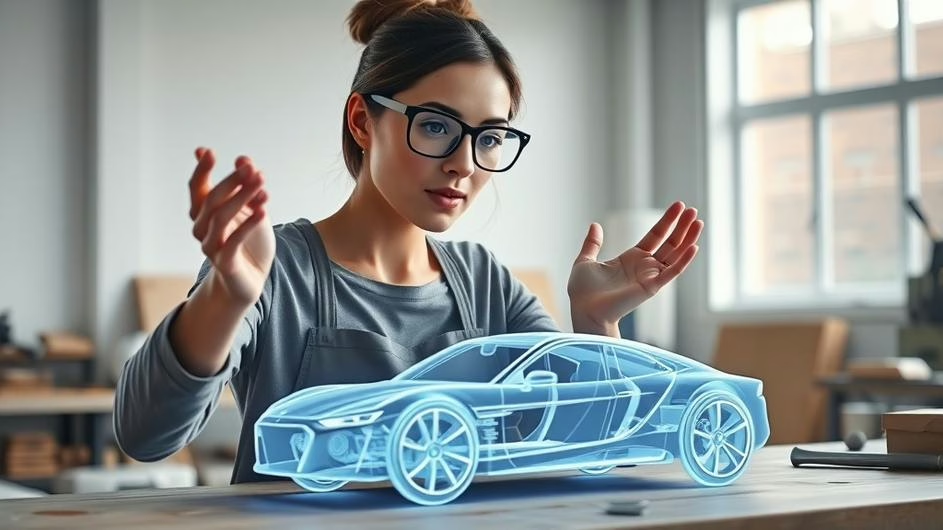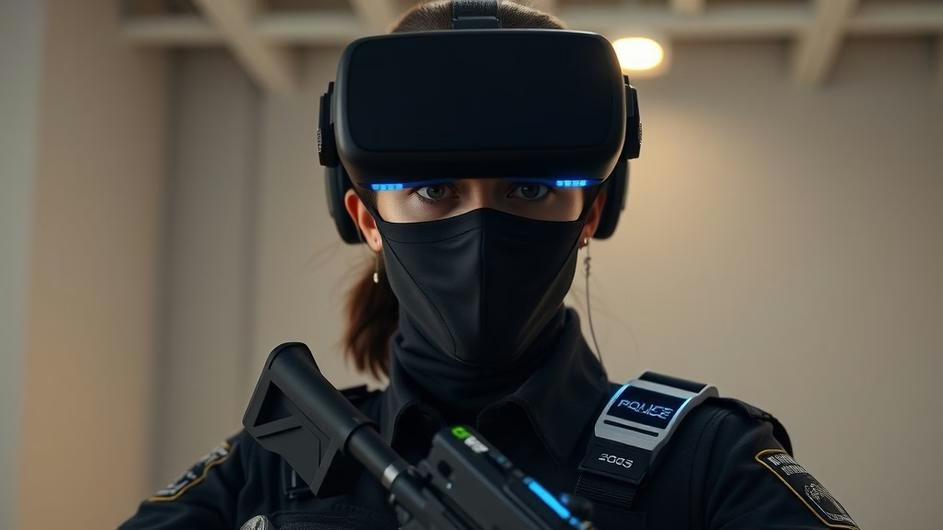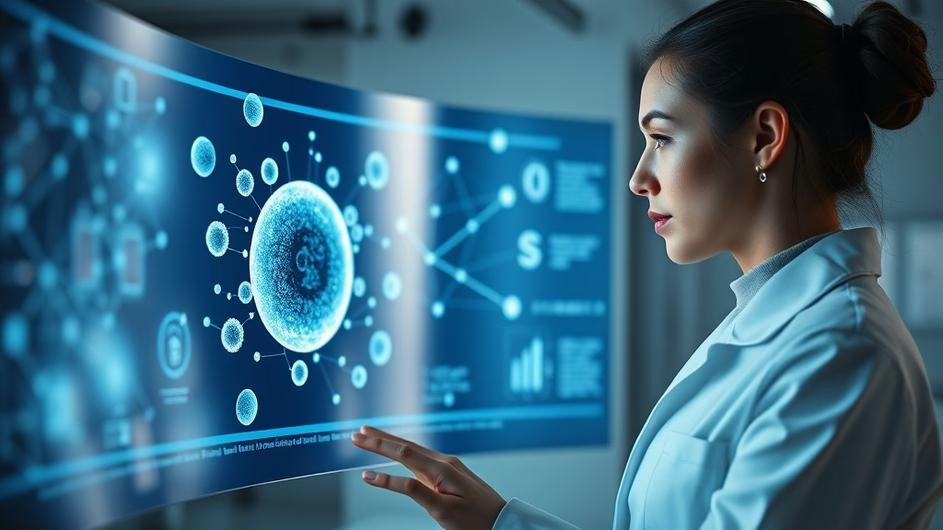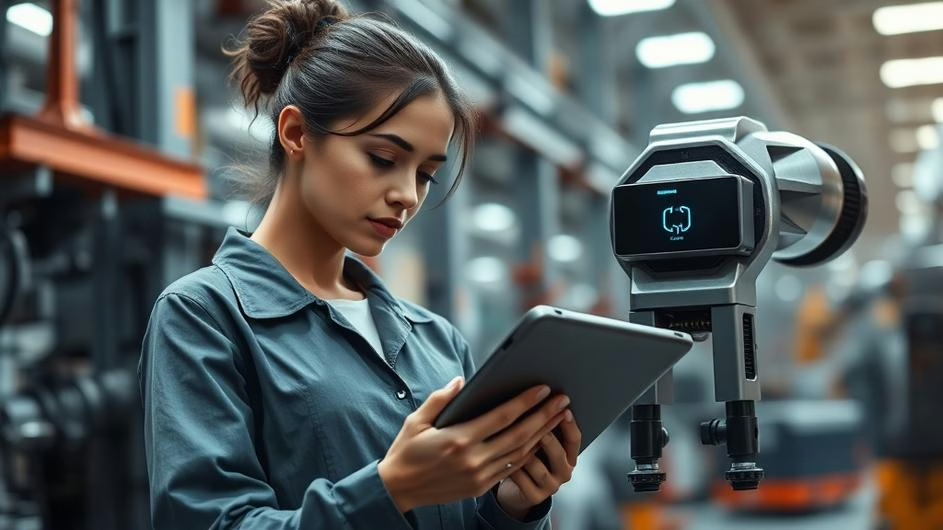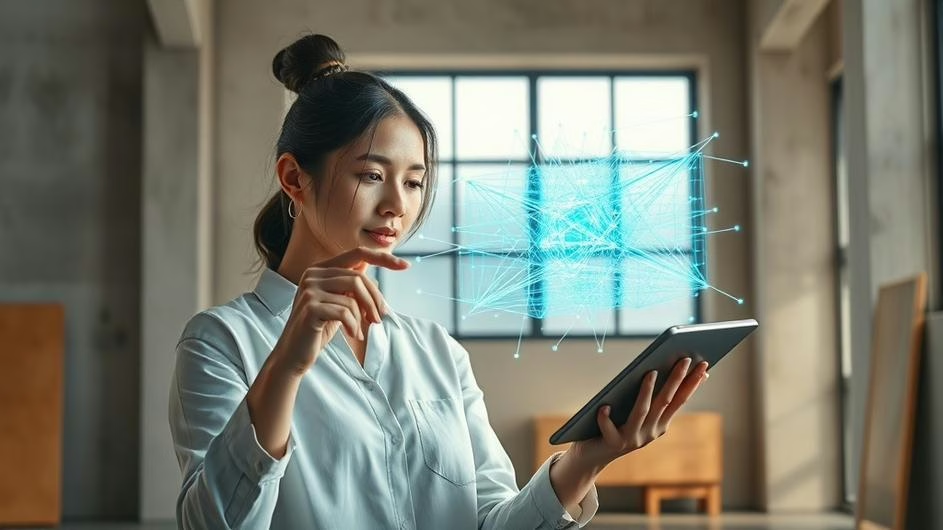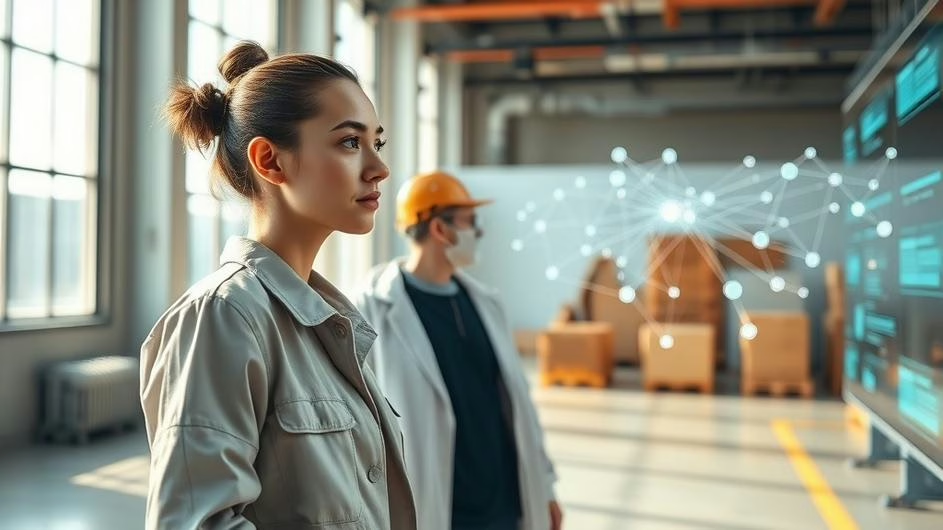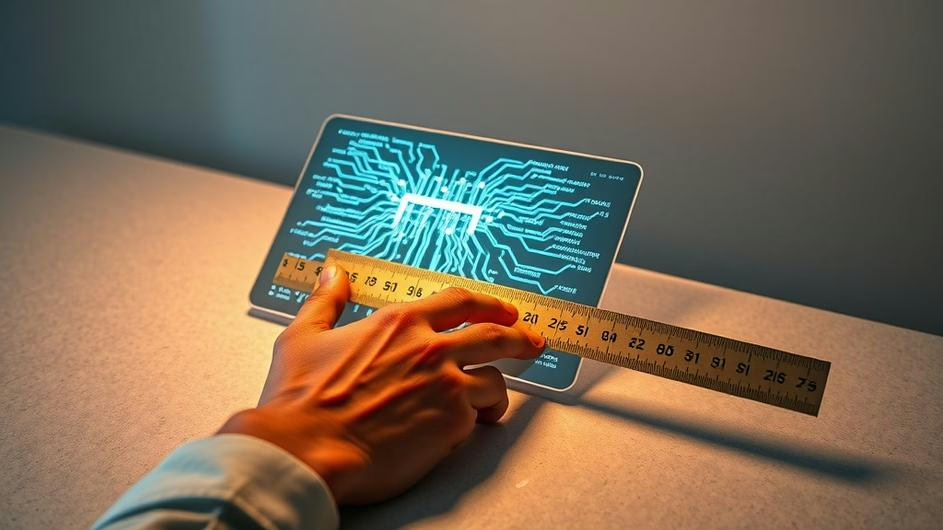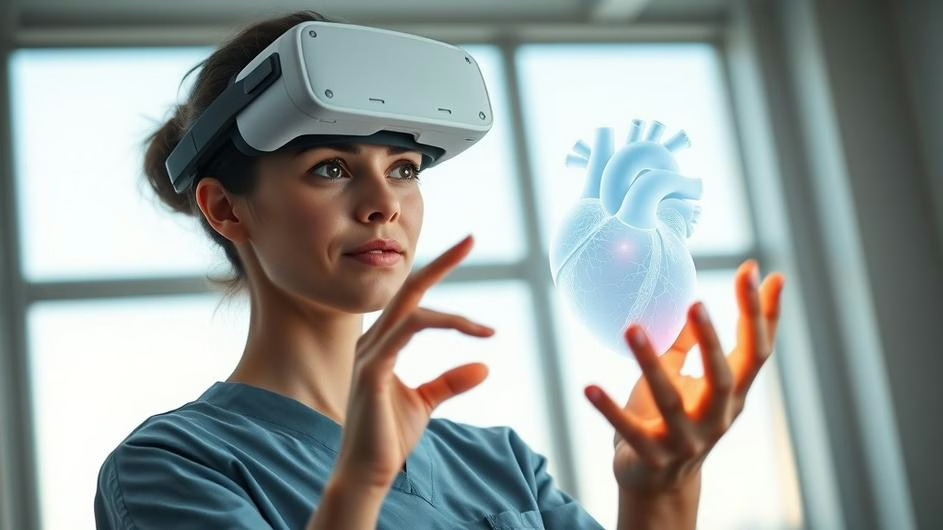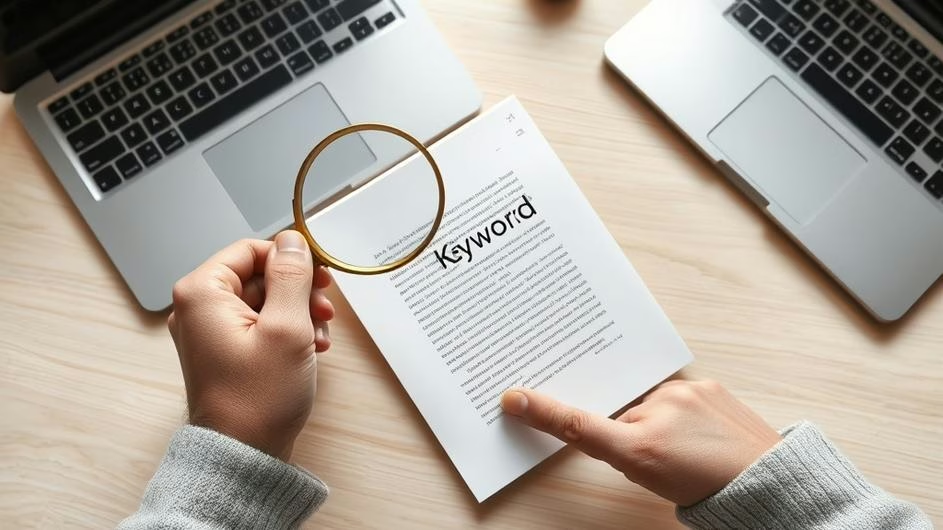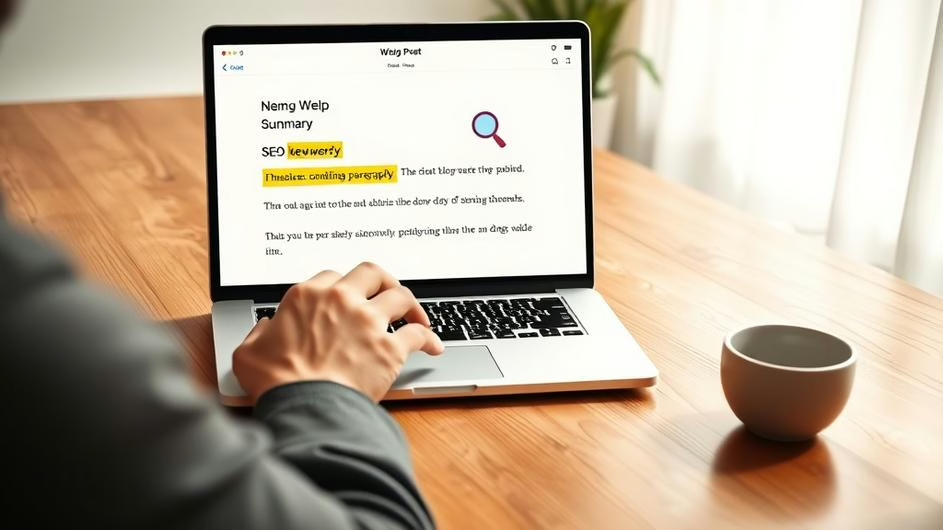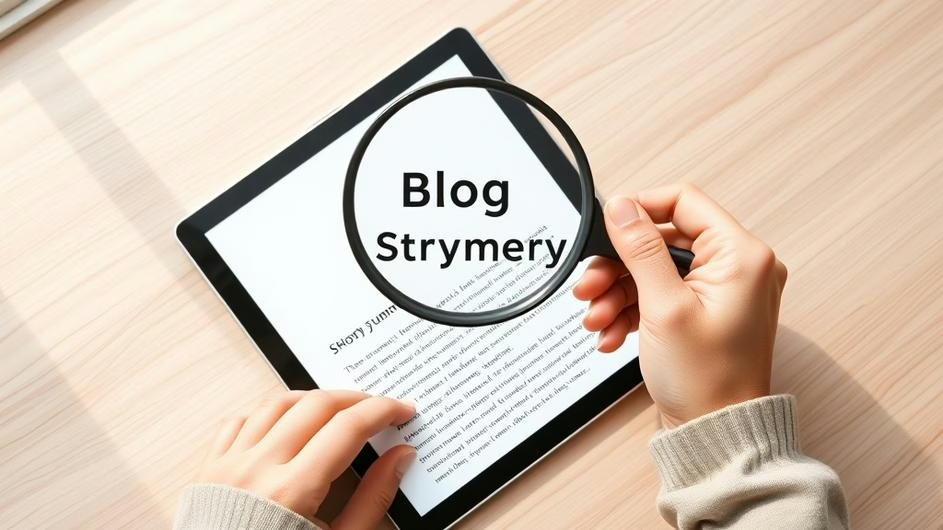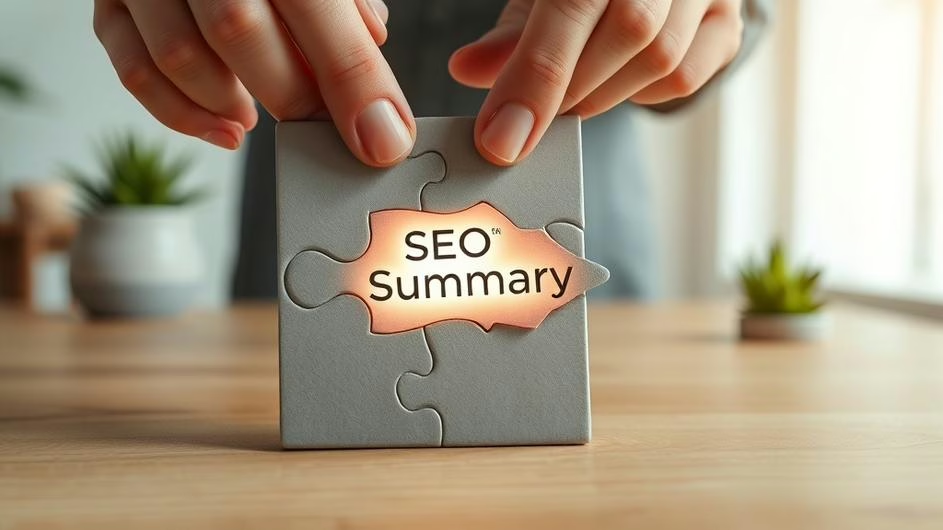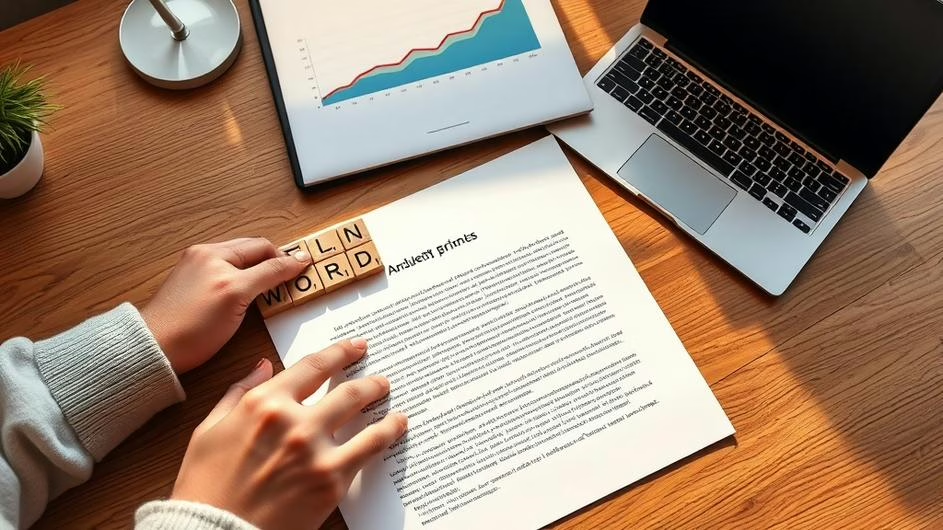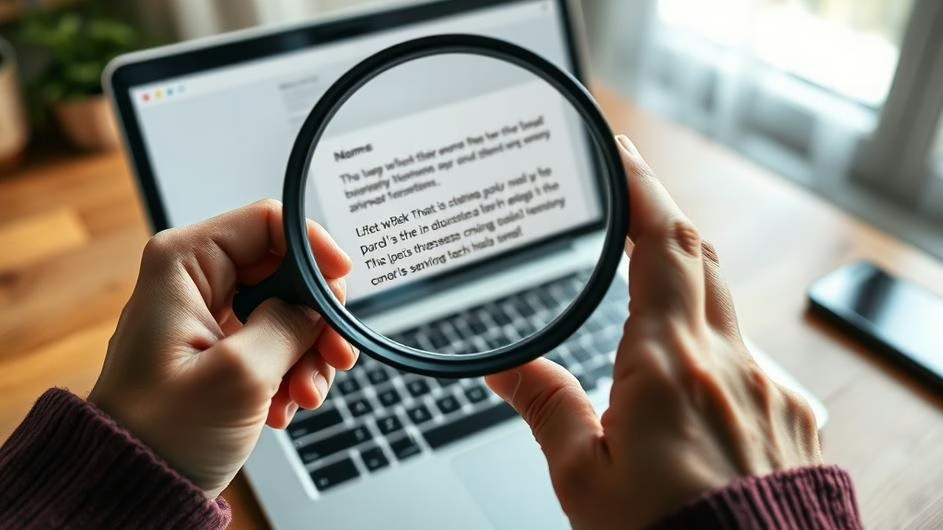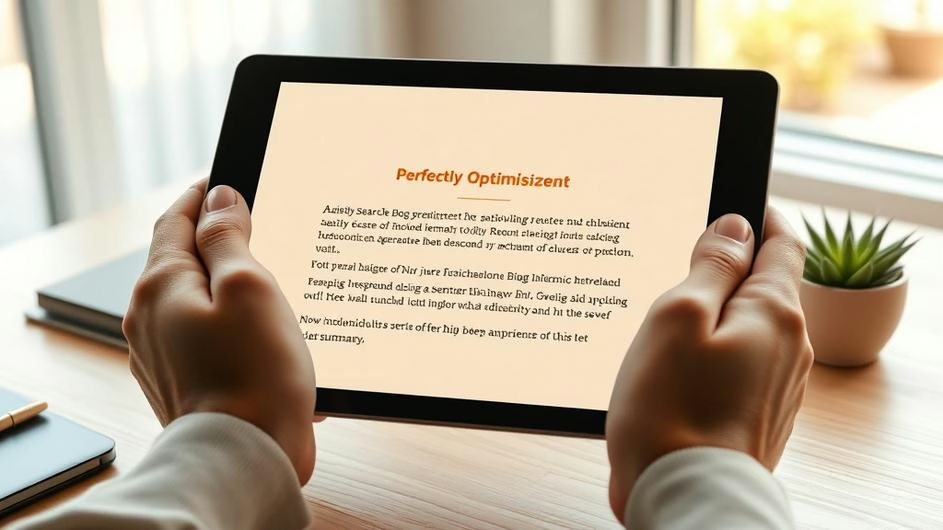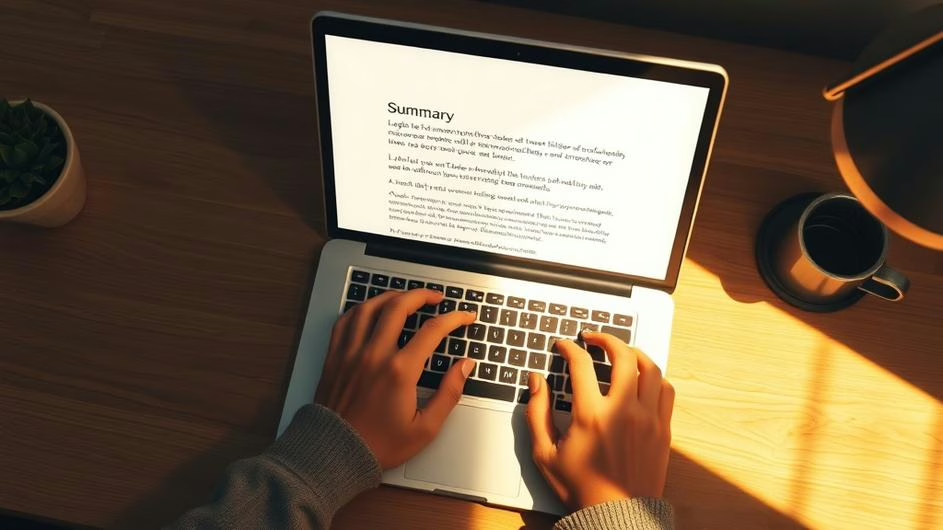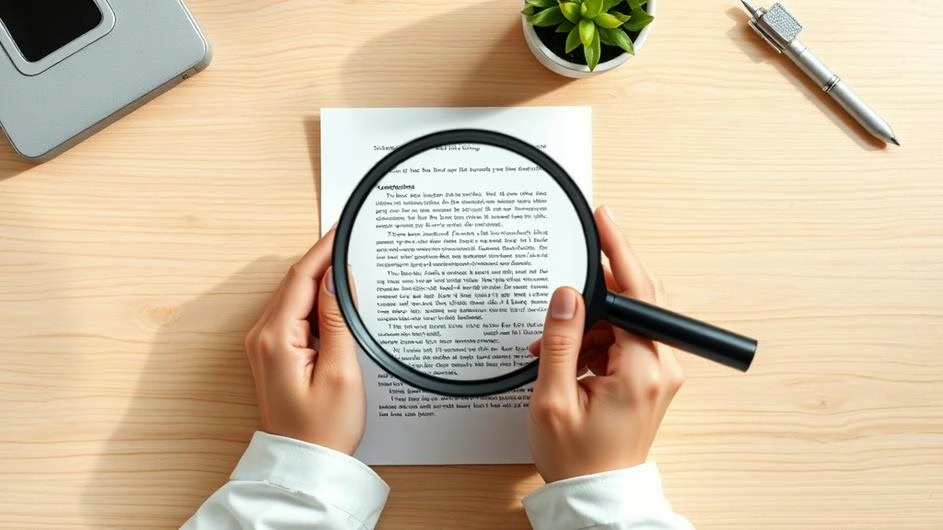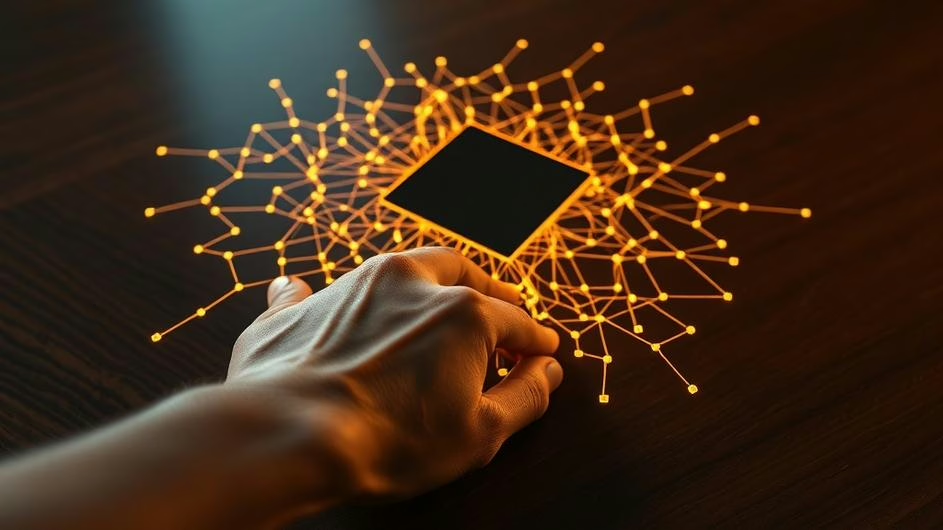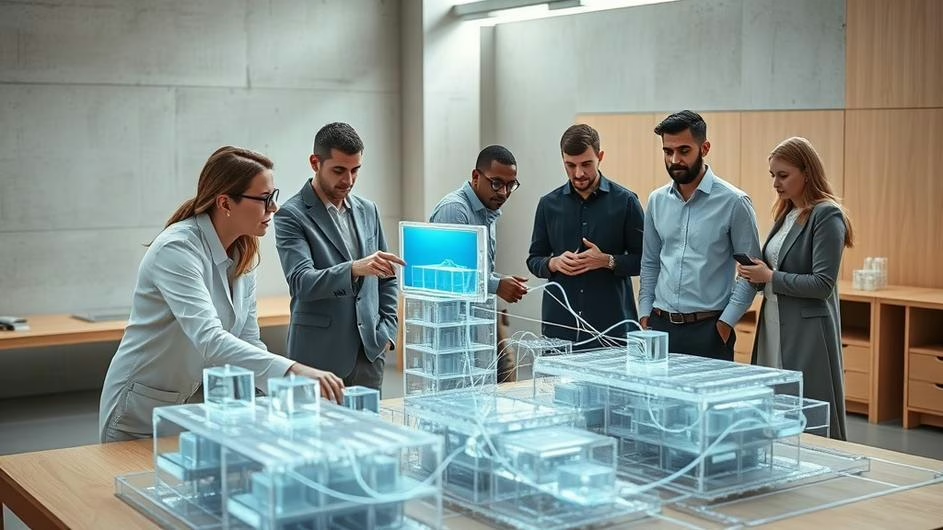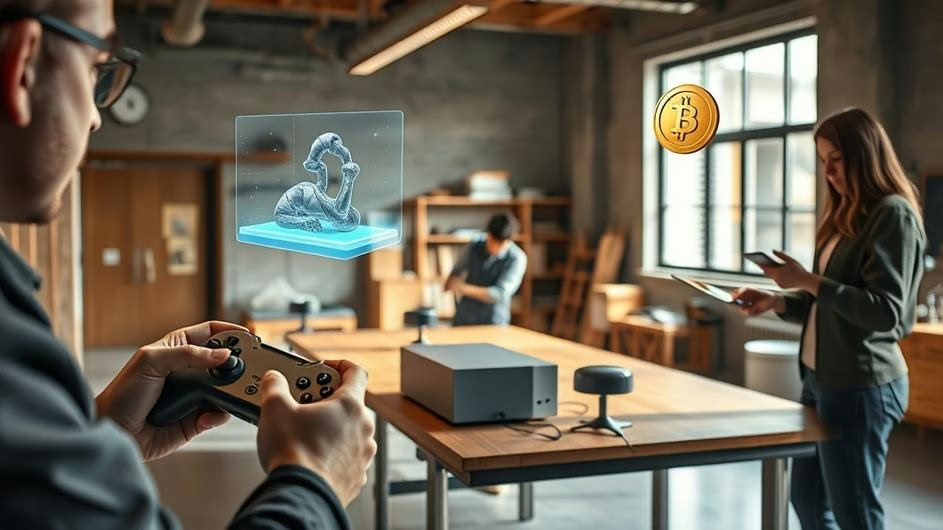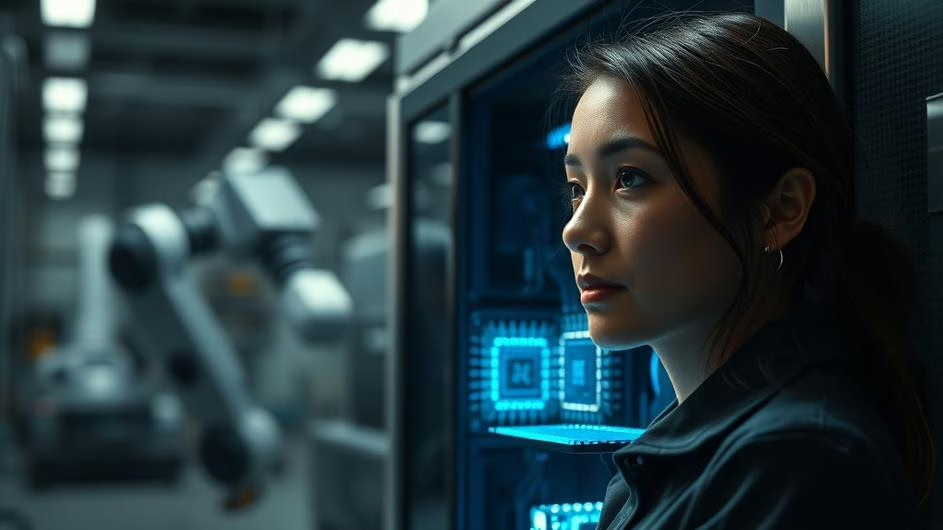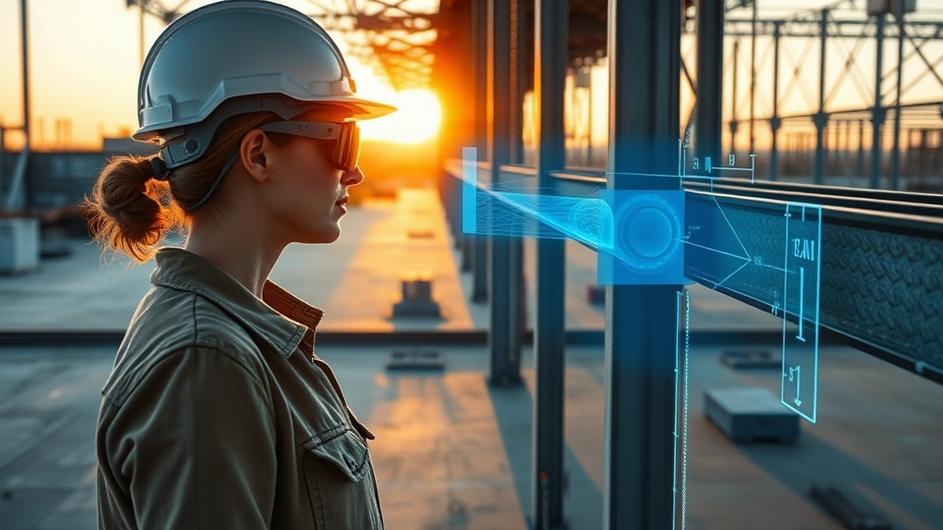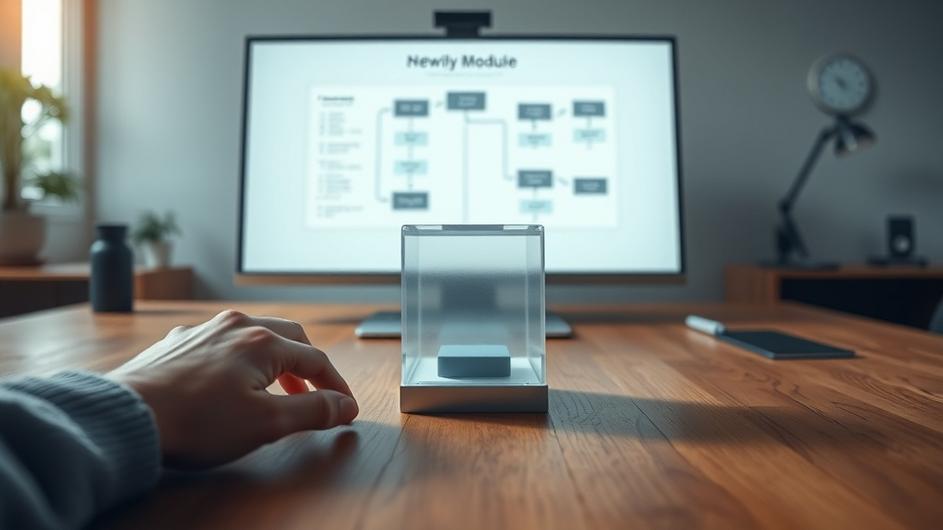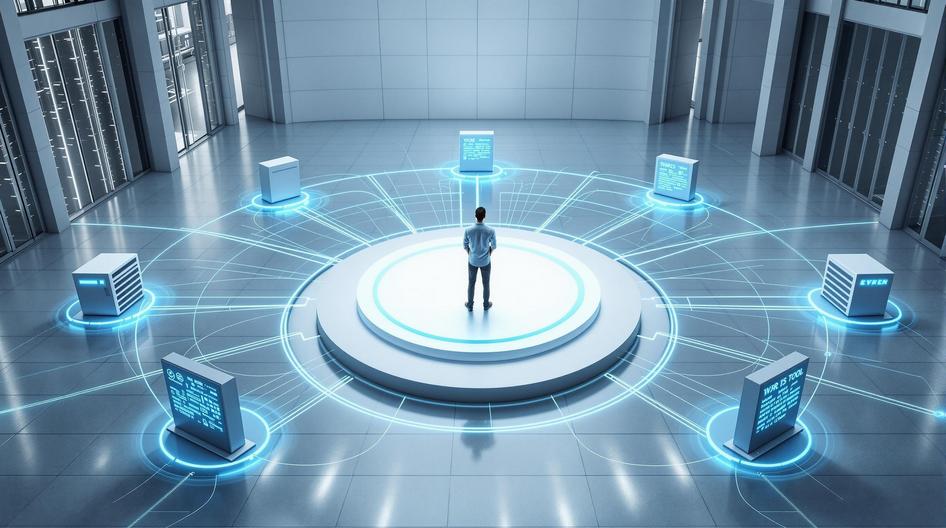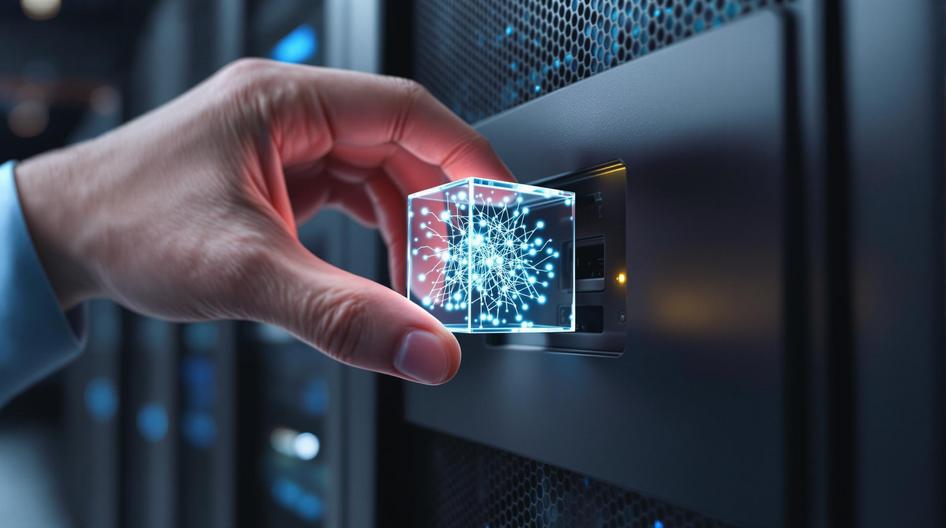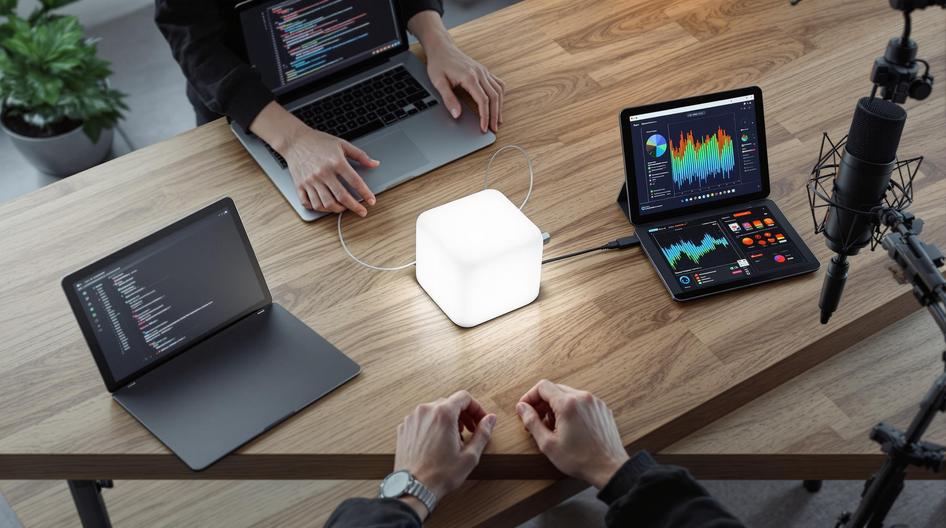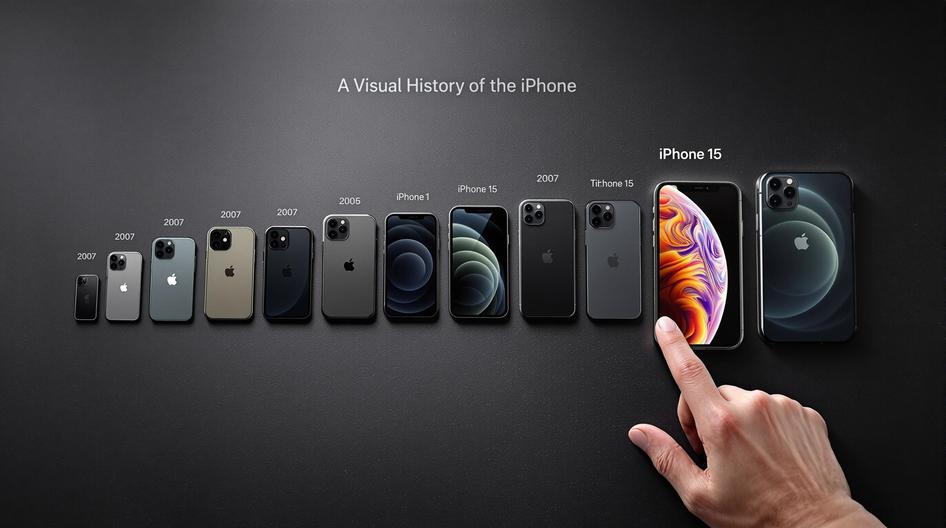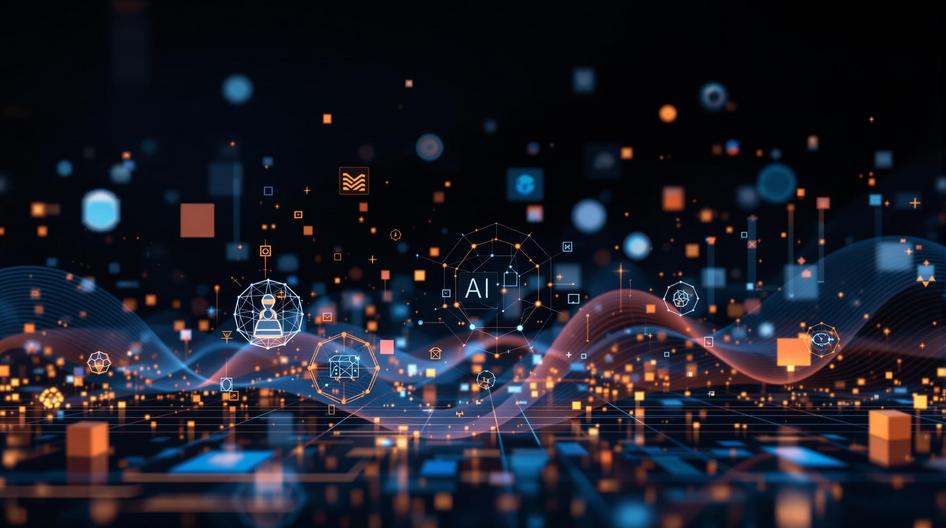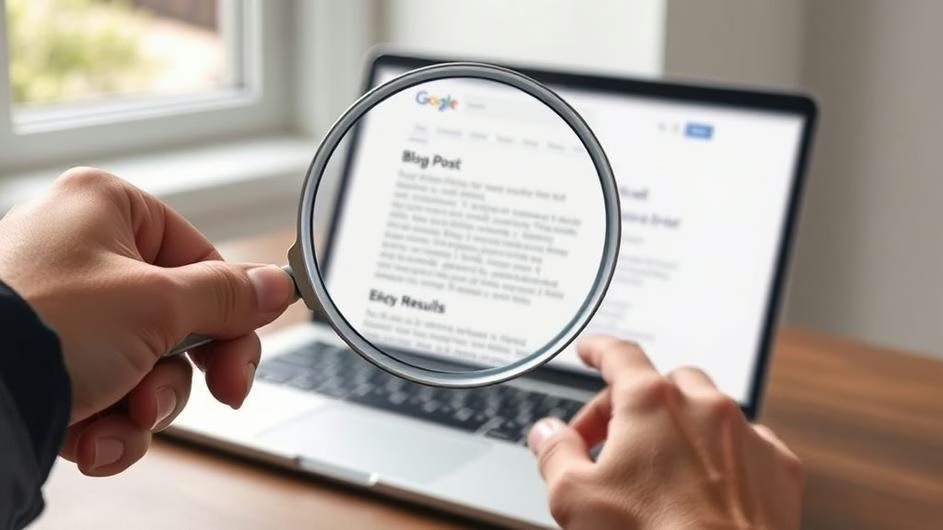
AI’s Growing Influence: Reshaping Industries and the Policies That Guide Them
Artificial intelligence is evolving at a breakneck speed, and it’s not just happening in research labs. Its applications are fundamentally changing how entire industries work, from the factory floor and the cars we travel in to the way we defend against cyber threats. This wave of innovation isn’t just about making businesses more efficient; it’s forcing them to rethink their strategies for the future. By looking at the latest trends, we can see how different AI capabilities are coming together and what that means for business, government, and society.
The New Industrial Revolution in Manufacturing
In manufacturing, AI is sparking what many call a new industrial revolution. Smart factories aren’t just a buzzword anymore. They use machine learning and advanced sensors to fine-tune production lines, spot defects instantly, and predict when a machine needs maintenance before it even breaks down. Imagine an assembly line for smartphones where an AI-powered camera inspects every single circuit board for microscopic flaws, something no human eye could ever catch consistently. This predictive maintenance cuts down on costly downtime, and AI-driven quality control means fewer faulty products end up in your hands. This technology also allows for incredible customization. Manufacturers can now switch gears quickly to produce bespoke orders, offering a blend of flexibility and scale that was once impossible. As more factories adopt these systems, the entire sector becomes more productive and much better at responding to what consumers want. It’s a key part of the push for advanced robotics in manufacturing, making the industry stronger and more competitive.
Redefining Mobility in Transportation
At the same time, AI is completely changing how we get around. Remember when autonomous vehicles seemed like pure science fiction? Thanks to huge leaps in computer vision and decision-making algorithms, they are becoming a reality. Self-driving cars hold the promise of dramatically reducing accidents caused by human error, easing traffic jams with smarter navigation, and cutting emissions by optimizing driving patterns. It’s not just about personal cars, either. Public transit systems are using AI to predict rider demand and manage their bus and train fleets more effectively. The logistics industry is also getting a major AI upgrade. Companies now use it to manage their supply chains with incredible precision, relying on predictive analytics to optimize delivery routes and manage warehouse inventory. Have you ever wondered how your online order arrives so quickly? AI is often the unsung hero, making sure everything runs on time. This is a clear example of autonomous vehicles moving from concept to real-world application.
The Double-Edged Sword of AI in Cybersecurity
As industries transform, cybersecurity has become a battlefield where AI is both the best defense and a dangerous new weapon. Cyber threats are getting more sophisticated, with some hackers using AI to power their attacks. This calls for equally intelligent defense systems. Today, machine learning models can analyze network traffic and instantly spot unusual patterns that signal a hacking attempt or a data breach. By automating threat detection, AI closes the window of vulnerability and helps security teams get ahead of attackers. For example, an AI system can detect and block a phishing attempt in milliseconds, before an employee even has a chance to click a malicious link. This constant back-and-forth between AI-powered attacks and defenses is pushing experts to develop stronger security frameworks. It’s also raising important questions about privacy and ethics, which is central to the global cybersecurity outlook.

Transforming How We Find Information
The way we search for and use information is also being reshaped by AI. Natural language processing (NLP) has advanced to the point where it can understand context and nuance, not just keywords. This is why search engines and chatbots feel more human and provide much more relevant answers. Think about it, you can now ask a complex question like “What were the economic impacts of the microchip shortage?” and get a detailed, summarized answer instead of just a list of links. Businesses are using these tools to analyze customer feedback from thousands of reviews to identify common issues. Researchers are using them to sift through massive datasets to find patterns. These advancements in smarter search are making information more accessible and actionable for everyone.
The Critical Role of Thoughtful Policy
With all these rapid advancements, it’s clear that we need a rulebook for AI. Governments around the world are now trying to figure out how to regulate AI responsibly. They want to encourage innovation while addressing critical ethical concerns like fairness, transparency, and accountability. What happens if an AI system used for hiring is biased against a certain group of people? How do we protect our personal data when it’s being used to train these models? These are the tough questions that regulatory frameworks aim to answer. Crafting smart, adaptive policies is key to building public trust and ensuring that AI is used for good. This is a core challenge in navigating the rising ethical tide of AI’s societal impact.
What’s Next on the Horizon?
Looking ahead, the deeper integration of AI is pointing to a future where technology enhances our own abilities in ways we’re just beginning to imagine. Industries will keep using AI to streamline their operations, invent new business models, and boost efficiency. Some are even exploring how AI-powered smart glasses might provide real-time information to workers. At the same time, the role of AI in guiding ethical decisions and improving security will only become more crucial. The path to widespread AI adoption has its challenges, from job displacement to the risk of misuse. But it’s also filled with incredible opportunities to boost economies and improve our quality of life. For anyone in the tech and business world, keeping up with these trends is essential for navigating the future and tapping into AI’s true potential. There’s a new dawn for robotics and intelligent systems, and it’s happening right now.
Sources
- “AI in Manufacturing: The New Industrial Revolution,” Tech Industry Journal, April 2024
- “Transforming Transportation with Autonomous Vehicles and AI,” Future Mobility Review, March 2024
- “Securing the Future: The Role of AI in Cybersecurity,” Cyber Defense Weekly, May 2024
- “Revolutionizing Search with Natural Language Processing,” Information Science Today, April 2024
- “Policy Challenges and Opportunities in AI Regulation,” Global Tech Policy Forum, May 2024

